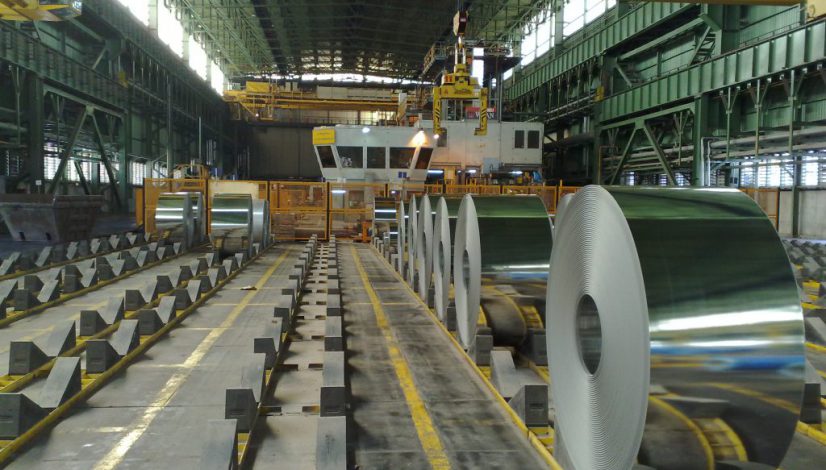Global Trends in Steel Prices
The global supply and demand for steel are in constant flux, and steel prices are a reflection of this complex balance. Industrial consumers of steel the world over must keep an eye on global markets and create strategic value-chain relationships to ensure competitive pricing for their raw materials and end products.
Steel Consumption
Steel-using industries provide immense demand for raw steel. The primary industry utilizing steel is construction, accounting for a full 50% of world steel consumption. The transportation, machinery, and metal products industries follow, accounting for around 15% of world demand each.
Steel is used in a variety of applications. Sheet metal fabrication makes up the large majority of products that come from steel at over 30%. Plates and rebar are also common products made from steel, each accounting for approximately 15% of the product market.
The largest national consumers in recent years have been the United States, China, and Japan in that order. Currently, China has overtaken the US as the world’s largest steel consumer, but both countries are very close in regards to their consumption of the world’s most consumed industrial metal.
However, in spite of these steel-consuming giants, it is the developing markets in the Middle East and Latin America that are currently making waves with steel prices. These emerging markets are growing rapidly and leading to projections that 2018 will be the third year in a row in which the global demand for steel has grown. According to the World Steel Association, steel demand is expected to reach 1.64 billion tons this year.
Consumption and Steel Prices Grow Accordingly
While some have projected that an oversupply will soon bring prices down, most estimates predict that 2018 will continue to see iron ore prices averaging around $64 per ton. Currently, the price of iron ore is over $70 per ton. BHP and Vale are the world’s top miners of iron ore, and they are currently increasing capacity in anticipation of strong steel prices and demand in the near future.
As production continues to rise, demand in Asia-Pacific and around the world is expected to maintain pace, resulting in high prices for the foreseeable future. Consumption by the world’s manufacturing leaders continues to bolster steel prices while these leaders become increasingly creative in their purchasing efforts to make bulk steel more affordable. Companies who rely heavily on steel for their products are increasingly concerned with finding affordable suppliers who can provide steel prices that allow them to increase their profit margin. Some of these steel-consuming giants (all of which source steel through Prince Manufacturing) include:
- Schneider Electric
- Siemens
- ABB
- Emerson
- General Electric
- General Motors
- Ford
- BMW
- Volvo
These multi-national organizations rely heavily on affordable steel to offer affordable products to their customers. They utilize strategic methods of purchasing to secure the lowest steel prices available. Some of these strategies include centralized purchasing, outsourcing procurement, and using a core purchasing cycle. But ultimately, the safest way to procure steel at affordable prices is by teaming up with steel purchasers that buy in such massive bulk that their buying power maximizes opportunity and minimizes cost margins. These methods of cost savings will become increasingly important in the next few years as steel prices continue to fluctuate and rise.

